From ancient Mesoamerica to the present day, chocolate has come a long way to reach global stardom.
Every year, over 7 million metric tons of chocolate are consumed— but did you know that the first chocolate ever was consumed as a drink? And it's not the same thick, velvety beverage we reach for as the weather turns cold. It was a bitter-tasting drink reserved for royalty and celebrations.
Most people don’t know much about chocolate history and who invented chocolate as we now know it. So this article covers the fascinating origin of chocolate, from ancient spiritual rites and medicinal uses to issues of colonialism and slavery.
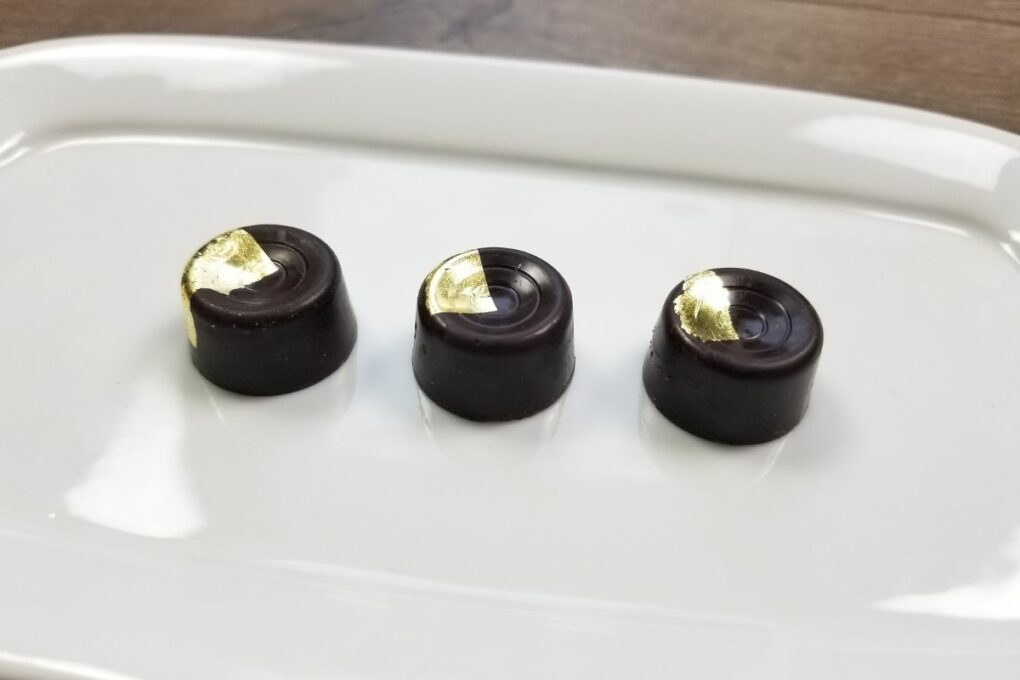
Jump To
Origins in Mesoamerica: Mayan Chocolate
We’re not diving into cacao in general today; instead, we’re exploring the world of chocolate. Ancient Mesoamerican peoples were known to have fermented and roasted the seeds of the cacao tree to turn it into a frothy, bitter beverage served at key rituals and celebrations.
They first crushed cacao seeds and blended them with water, turning it into a drink. Depending on the ceremony, different ingredients like spices, herbs, dried berries, chili peppers, cornmeal, and honey were added to improve the flavor and symbolize specific intentions.
Before that, the history of chocolate as we know it can be traced back to the Amazon. In 2016, archeologists uncovered pottery meant for serving cacao beverages being used by the Mayo-Chinchipe-Maranon culture more than 5,500 years ago.
These highly developed stone-containers and fine-quality single-toned pottery contained chemical and physical traces of cacao, notably in the form of theobromine. However it’s been agreed that ancient Mesoamerica was cacao's center of domestication, and Mesoamerican peoples were the first known inventors of chocolate.

For these civilizations, cacao was pivotal for its economic, spiritual, and medicinal significance. They used it for religious rituals, funeral rites, as an offering to the gods, as a symbol of abundance, and as tonic to restore health (especially for men returning from war).
The Olmecs (1500 to 400 BC) were the first known civilization to transform the cacao plant into chocolate, though it wouldn’t be until the 19th century that solid chocolate bars were invented. Only the ruling elite were thought to engage in cacao drinking at the time, as medicine and during ceremonies.
As time passed, chocolate was revered as the drink of the gods by the Mayans (600 BC). The Mayans would traditionally transfer this concoction from one pot to another, making a thick frothy beverage known as xocolatl (literally translated as ‘bitter water’).
By the 15th century, in addition to turning them into beverages, cacao beans were widely utilized as a form of currency by the Aztecs (1400 BC) and other Mesoamerican groups. They drank chocolate as a pleasant beverage, an aphrodisiac, and even to prepare for war, believing it was a gift from the patron god Quetzalcoatl.
During this time, royalty, noblemen, and warriors of the land were the primary consumers of this frothy chocolate beverage.
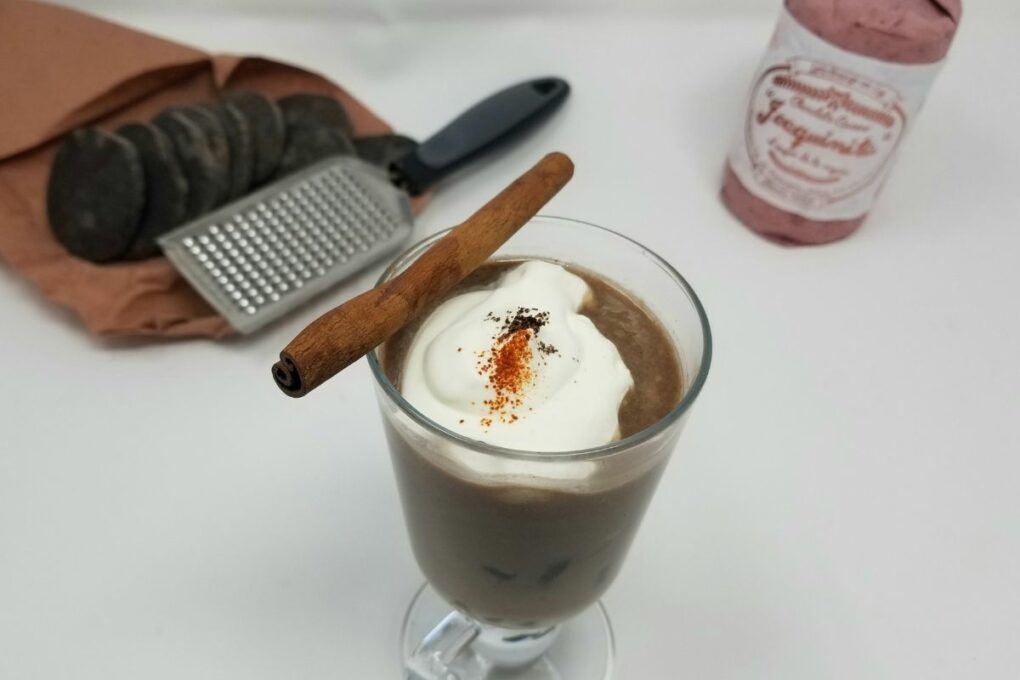
Inventing Spanish Hot Chocolate
Nobody knows for certain when chocolate arrived in Spain. But the Spanish initially encountered cacao in the 16th century during the conquistadores' pursuit of Mesoamerica.
Although there is little historical evidence to back this up, Hernán Cortés is said to have first discovered chocolate in the court of Montezuma around 1519. After razing the Aztec kingdom (ancient Mesoamerica) to the ground, he sent slaves and various crops, including cacao, to his homeland of Spain sometime in 1521.
Chocolate was first recorded in Europe as a diplomatic gift delivered to Prince Philip of Spain in 1544. Kekchi (Guatemala) Mayans, who had arrived in Spain with Dominican friars, gave Prince Philip cacao.
The Spanish were intrigued by cacao from the start, but didn't fully grasp its value. They also didn’t have the technical know-how to process the novel cacao beans.
It wasn't until much later that they realized cacao had the potential to be an economically viable commodity. They then started cultivating cacao in their colonies in Central and South America, and they developed new methods of processing and refining the beans to make them more appetizing.
The Spanish also began bringing enslaved Africans to the Americas to work on their cacao plantations. This dark period in cacao’s history went on for many centuries and has impacted the basic development of the chocolate industry.
Today, efforts are being made to promote fair labor practices in the industry, but hundreds of years of exploitation has been slow to reverse.
The Spanish first drank chocolate as an unsweetened, spiced beverage, which was produced by grinding roasted cacao beans and combining the paste with water. Only available to the wealthy, chocolate remained a symbol of luxury, riches, and power during this period.
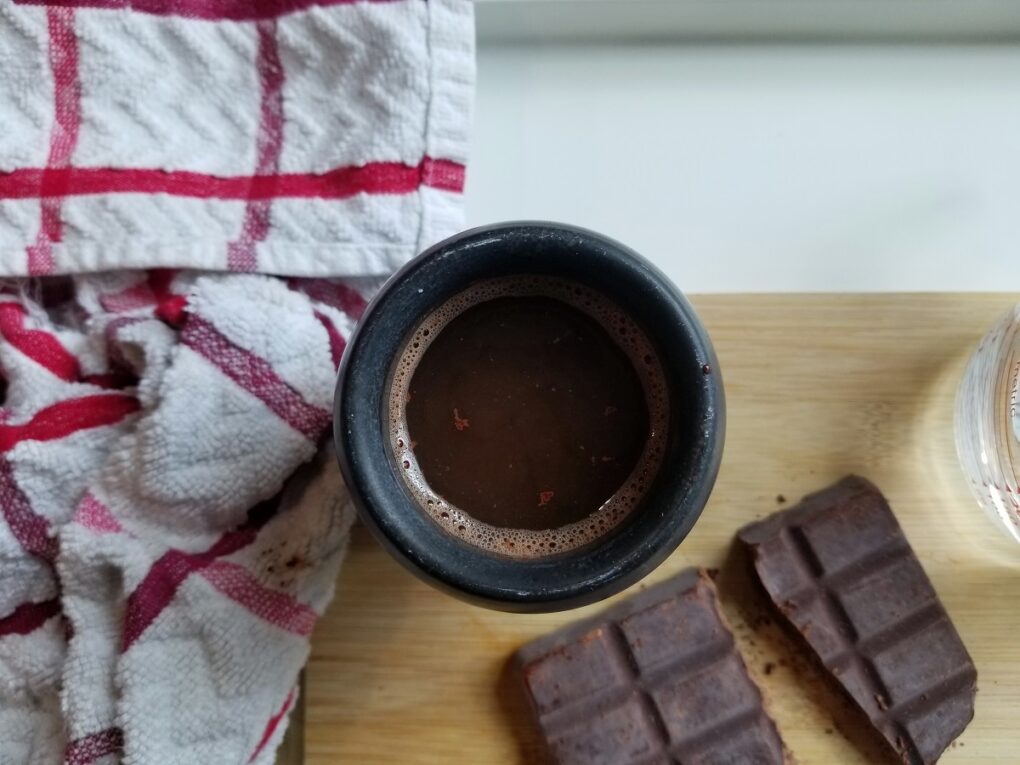
Even religious friars enjoyed chocolate at the time, and drank it to help them carry out their religious activities. For a long time, the Spanish and Portuguese kept cacao to themselves. But France, Italy and England would soon learn of it.
In 1606, trader Francesco d’Anotnio Carletti brought chocolate to Italy and sold it to Ferdinand I (Ferdinando do de Medici) Grand Duke of Tuscany. The Medici court is even known to have birthed the coveted jasmine chocolate created by court physician Francesco Redi.
Chocolate then arrived in England in 1650, and France soon after; big changes were about to happen. In 1657, London's first chocolate house opened, allowing the aristocracy (mostly gentlemen) to further enjoy the luscious beverage, now commonly sweetened and infused with various spices and ‘exotic’ flavors.
During this period, a chocolate beverage was believed to have vast medicinal benefits and was savored for its decadence. However it remained a popular luxury commodity throughout Europe, meant only for the elite.
Cacao eventually made its way to Africa, Asia, and the South Pacific, where it was brought by the colonizing forces of the French, Spanish, British, and Dutch. Hardier cacao cultivars that were inherently more flat and bitter in flavor were now being grown across the globe, throughout various European colonies.
The era of bitter, medicinal beverages was promptly replaced by a sweetened, creamier beverage in which cacao was mixed with sugar, cornstarch and spices like cinnamon and vanilla to improve its texture and flavor. This also meant that the highly-prized cacao was now being diluted— and made available to the masses.
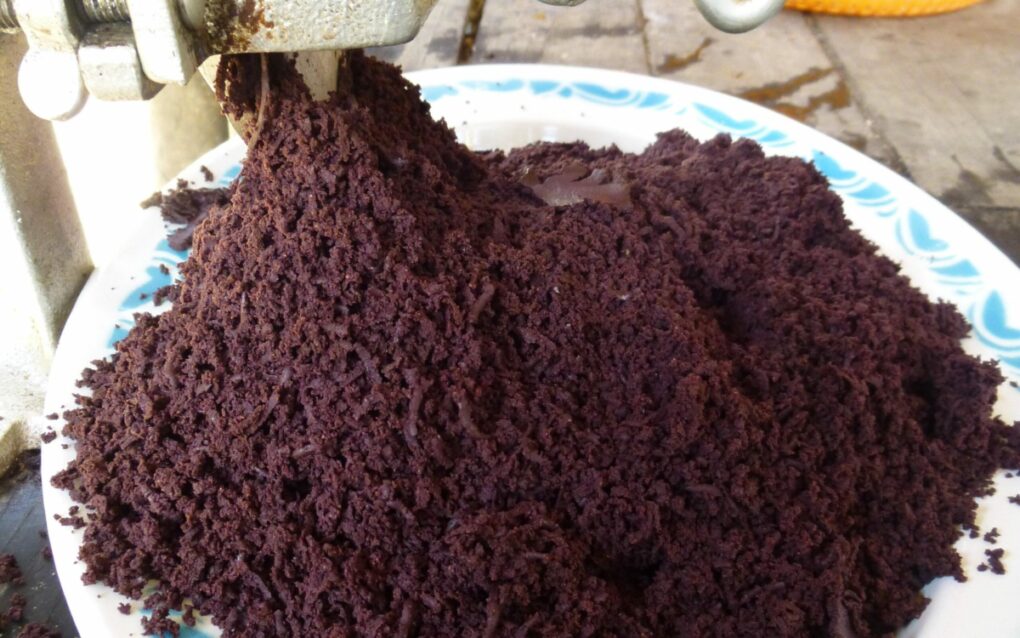
So, Who Invented Chocolate?
Most of the chocolate we eat is consumed in the form of chocolate bars. So to just say that the ancient Mesoamericans invented it isn’t quite the whole picture. Before the industrial revolution, chocolate was still processed by hand, which was time-consuming and difficult. It was also mostly consumed as a beverage, limited to the elite few.
In 1828, a Dutch man named Coenraad van Houten invented a cocoa press, a machine that extracts fat from cocoa beans, leaving behind a dry cake of cocoa. The press allowed us to create what we now call cocoa powder, which would eventually lead to the creation of various chocolate confections and baked goods.
From this point on, the names become more recognizable as well-known figures in the industry make their invaluable contributions. It also gives us a more definitive answer as to who invented chocolate as we know it today.
In 1847, J.S. Fry and Sons combined cocoa powder, butter and sugar. They then poured it into a mold, where it solidified creating the world's first commercial (edible) chocolate bar.
A rival competitor, Cadbury's, launched the first-ever Valentine's Day chocolate box, and soon after, the chocolate Easter egg. For their contributions, Cadbury was granted a royal warrant from Her Majesty the Queen Victoria in 1854.

A royal warrant is essentially bragging rights for a brand to announce that they supply products to members of the royal court. It lends prestige to the brand by carrying the royal court’s seal of approval.
In 1879, Swiss chocolatier Daniel Peter used powdered milk invented by his neighbor Henri Nestlé several years earlier to create the first-ever milk chocolate bar. The two eventually formed the Nestlé Company, which you’ll know today as one of the five largest chocolate companies in the world.
That same year, another Swiss chocolate maker called Rodolphe Lindt created the conching machine. Big stone rollers mix and aerate chocolate to yield a velvety smooth product, lower in acidity and other sharp flavors. This creation quickly allowed for the mass manufacturing of chocolate.
The rest, as they say, is history. Chocolate entered a new age in the late 19th century. Tempering, conching, pralines, and chocolate candy bars, among other modern developments, paved the path for the chocolate industry we have today.
Without each of these happenings, we wouldn’t have the chocolate that’s now widely available around the world.
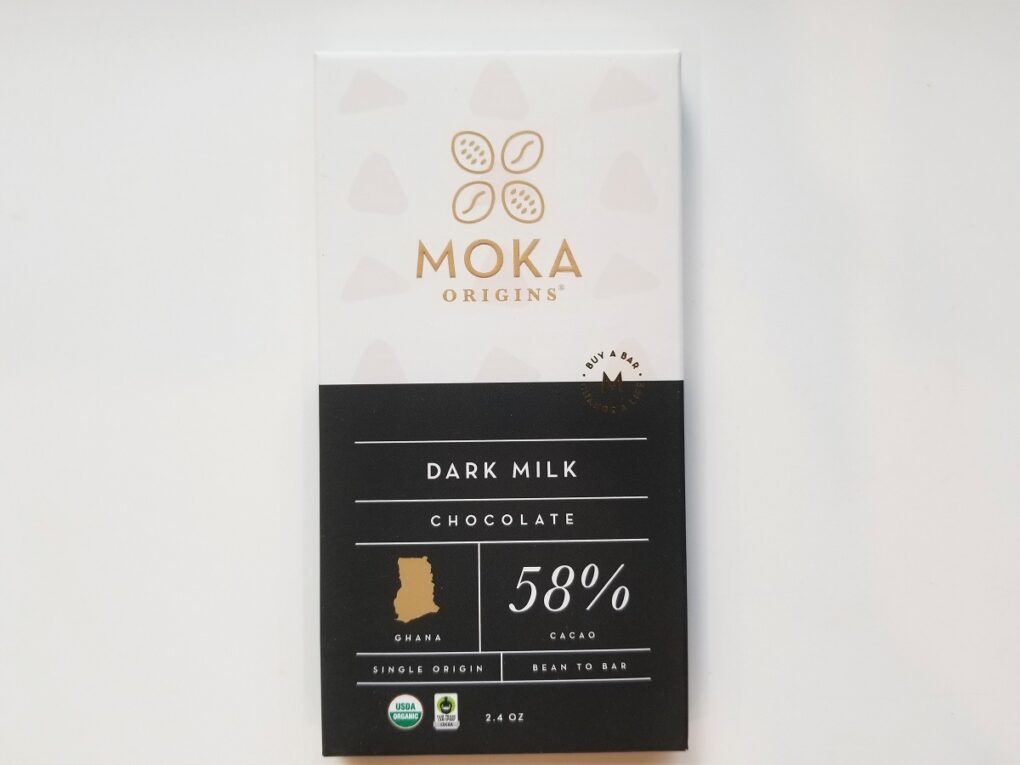
Chocolate History FAQ
Where did chocolate originally come from?
Chocolate's 5,500-year history began in the Amazon. In particular, archeologists found ancient pottery dating back to the Mayo-Chinchipe-Maranon culture in the upper Amazon region of Ecuador.
Prior to this discovery, chocolate's history was known to have dated back to ancient civilizations in Central and South America where it was a bitter, frothy drink meant for rituals and celebrations.
Who invented chocolate and when was it invented?
Chocolate does not have a single inventor or specific date of invention; it has a storied past that has evolved over thousands of years. Its earliest form was developed by ancient civilizations in Central and South America - a bitter, frothy drink that was consumed during religious ceremonies and other important events.
However, the modern form of chocolate was developed in Europe in the 18th and 19th centuries. We can credit the creators behind British chocolate company J.S. Fry & Sons for creating the first-ever chocolate candy bar known to man in 1847.
Who invented chocolate ice cream?
Chocolate was one of the first ice cream flavors, even earlier than vanilla. The first frozen chocolate recipe came from Naples, Italy, originally described in a book called 'The Modern Steward' by Antonio Latini, in 1692. This is why the Italians are credited with inventing this delectable ice cold confection.
Ruth Graves Wakefield, owner of the Toll House Inn in Whitman, Massachusetts invented the chocolate chip cookie in the 1930s through a happy accident. She was supposed to melt baker’s chocolate into the batter of her famous Butter Drop Do cookies as usual, but, alas (to no one's detriment!) she only had a Nestlé semi sweet bar.
Wielding an ice pick, she chopped the chocolate bar into bits and folded them into the dough. Instead of melting into the dough to produce a regular chocolate cookie, the chocolate bits remained chunky as they baked. So thank you Ruth!













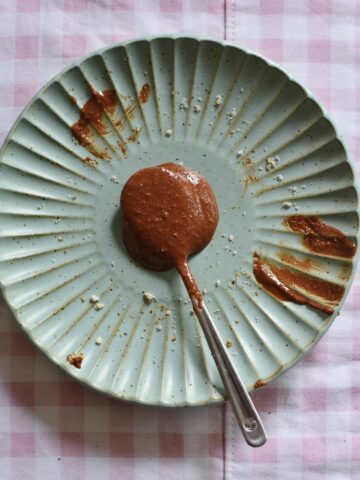


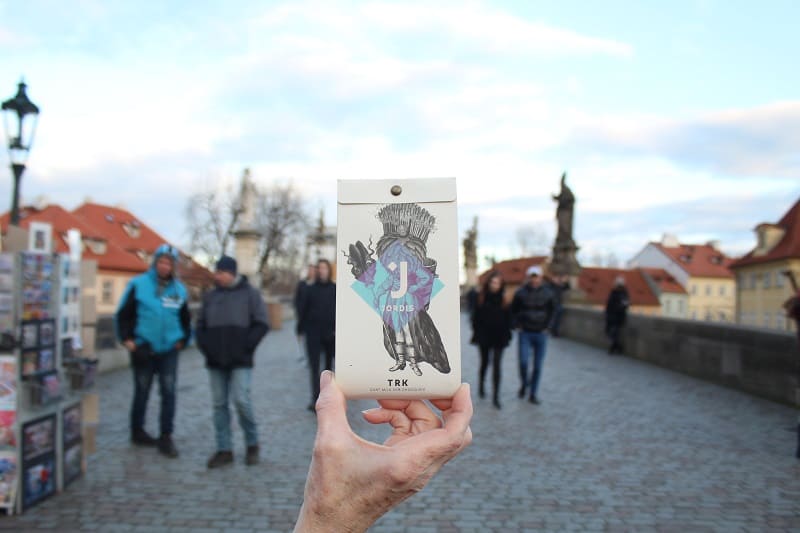
Momina
This was such a cool read!
Max
Thank you so much!